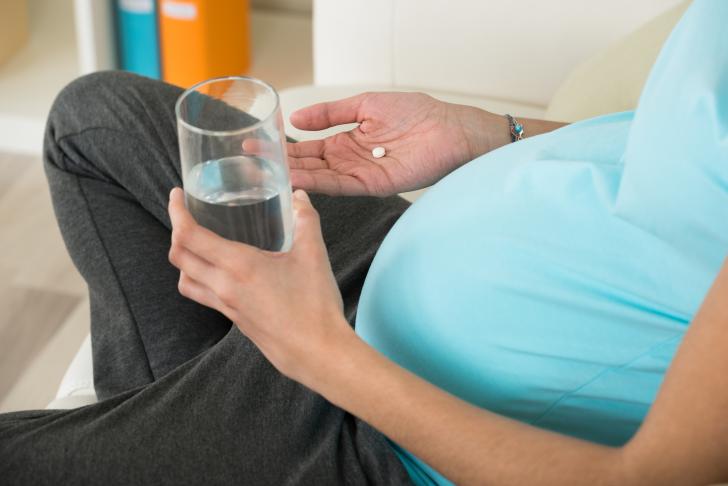
Iron toxicity is mostly a problem for children, but the adult body will only utilize so much iron. The RDA for iron is 18 mg per day. If the pregnant woman consumes more than that in combination with her food and the prenatal vitamin, the body will simply not absorb that iron.
There are cases of iron toxicity, but these are usually related to people who take 1,000 mg of iron per day or more. More often, the result of consuming too much iron will be constipation or diarrhea. Some abdominal cramping can also occur.
When a pregnant mother begins taking her prenatal vitamin, she may notice a change in her stool. The stool can appear darker and pastier. This is the result of the iron supplementation. When combined with foods that are rich in iron, constipation or diarrhea can become worse.
If the pregnant mother finds herself without enough iron, it may not be the supplementation that is the problem but the absorption.
The digestive system does not react well to an overload of iron and has difficulty processing the mineral. Foods that are rich in iron include red meat, chicken, turkey, shellfish, fruits and vegetables, bran and fortified cereals.
If the pregnant mother finds herself without enough iron, it may not be the supplementation that is the problem but the absorption. When foods rich in iron are consumed with foods with higher vitamin C, the iron is absorbed more efficiently. Eating some tomatoes with the steak could be better for baby and mama.
Most of the time anemia, or lack of iron in the blood cells, will occur later in pregnancy or if the pregnant woman has had multiple pregnancies back to back. When this happens, the doctor may choose to add an iron supplement on top of the prenatal vitamin.
Read More:
Is a Gummy Prenatal Vitamin Good Enough?
Vitamin C: How Much Is Too Much During Pregnancy?
